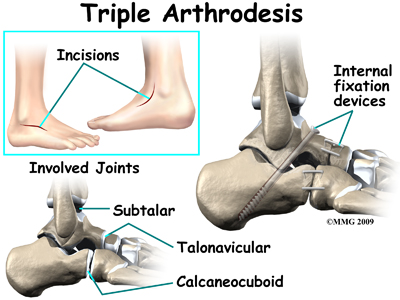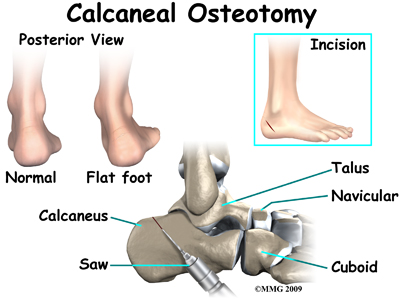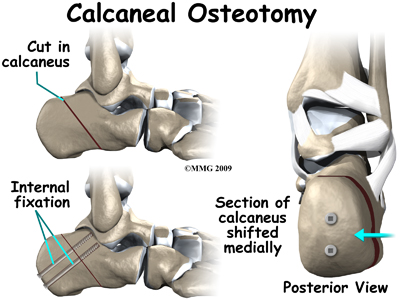Physiotherapy at Next Step Physio is an important part of treating and resolving AFFD particularly in the early stages of development, when the foot remains flexible.
On your initial treatment at Next Step Physio your physiotherapist will first focus on relieving your pain. They may use ice, heat, ultrasound, or other electrical modalities on the bottom of your foot or along your shin to provide you with relief. Icing or heating your arch at home will provide similar relief. Your physiotherapist may massage the bottom of your foot or calf, which can be particularly useful in relieving your discomfort. Unfortunately these treatments only provide temporary relief; addressing the real problem of the fallen arch and misalignment, will provide more long-term relief to your injury.
Physiotherapy exercises will begin with strengthening exercises for your foot and posterior tibialis muscle. As mentioned above, these muscles work to lift the arch of the foot, along with the muscles of the hip, which control alignment down the lower leg chain, and also assist in lifting the arch of the foot. A Theraband may be used to provide added resistance to the muscles of the foot, and to strengthen the hip muscles. Your therapist may also prescribe stretching exercises, particularly for the muscles of your calf, which, when tight, can force the foot out of alignment. When performing all stretches it is imperative that you maintain good alignment of your foot and arch so as not to compound the forces going through your already flattened arch.
Being that AAFD develops over time, it is common for patients to not even notice how flat their feet are. The position of your feet becomes the ‘new normal.’ Re-learning the proper position of your arch is crucial to relieving the pain caused by AAFD as well as stopping the progression of any deformity. Proprioception is the term used to describe one’s sense of joint position. Your physiotherapist will teach you what the correct position of your foot and arch should be and will give you exercises that challenge the proprioception of your knee, foot, ankle, and arch. Initially these exercises may be while you are sitting but as you progress, your physiotherapist will advance your exercises so you are doing them in standing, and eventually just on one foot at a time. The standing position is an important position to work up to as it is much more functional in mimicking normal everyday activities such as walking or stair climbing. Eventually your physiotherapist will prescribe exercises that are extremely challenging, especially if you are involved in a high-level sport. Exercises such as squatting and jumping will be added and you will be required to do these activities while maintaining proper foot and leg alignment, as well as arch control.
If you have not already invested in some orthotics to assist with lifting your arch, your physiotherapist will advise you on whether you should purchase some, and where to do this. Often taping the bottom of the foot, which your physiotherapist can do, and can teach you to do on your own, can be trialed before expensive orthotics are purchased. Taping may be enough in mild cases of AAFD, as long as you can learn to control the position of your foot and maintain this position during high-level activities. In most cases shoe inserts, even pre-fabricated ones, will significantly improve the symptoms of AAFD, and will be recommended to both relieve symptoms and to avoid future progression of the injury. Custom fit orthotics are recommended for any individuals who have a significant foot drop, or for whom prefabricated ones do not relieve their symptoms.
As mentioned above, excess weight will add to the problem of AAFD, so if you are obese or even moderately overweight, your symptoms will be accentuated. Losing excess weight can greatly improve the pain you feel in your foot. Your physiotherapist at Next Step Physio can discuss weight loss strategies with you and if need be, refer you to a Nutritionist who can also assist with this goal. Often it is difficult to exercise and increase your energy expenditure to lose weight when you have a painful foot, however, there are several safe activity options that your therapist can discuss with you, such as stationary cycling or swimming.
Activity modification is an important part of our treatment at Next Step Physio. Your physiotherapist will strongly advise you to avoid any activities that cause you discomfort while you still have symptoms. This may also mean resting for a short period from any sport you do, or at least decreasing your amount of activity over a period of time. Your physiotherapist will specifically guide you regarding the needed rest for your individual injury. This rest may seem quite difficult to achieve, however it is well known that without a relative rest for a painful foot, there is little chance for it to heal. A period of rest where the foot is not being aggravated also greatly improves the ability of any medication you may be taking, along with the physiotherapy treatment you are receiving, to assist the healing of the injury. Your physiotherapist will advise you when it is safe to slowly start back at your activity after your period of rest.
Pain relief and improved function are the two main changes patients report with effective treatment. It's not clear yet if these measures prevent or stop the foot deformity from occurring or getting worse. Some short-term studies (one year) show good results with mild to moderate AAFD (stages I and II deformity) using orthotic support, foot orthotics, and physiotherapy.
Unfortunately, not all AAFD will respond to the physiotherapy treatment we provide at Next Step Physio especially if your foot is in stage 3 or 4 of deformity. Any sign of increasing deformity may be an indication that surgery is needed. Careful monitoring over time is needed to assure the best timing for surgery. Waiting too long can mean a less successful surgical result. Your physician or physiotherapist will refer you on to an Orthopaedic Surgeon to discuss a more aggressive treatment as soon as they feel that conservative treatment is not improving your symptoms of AAFD or if they note an increase in deformity is occurring.
Next Step Physio provides services for physiotherapy in Edmonton.




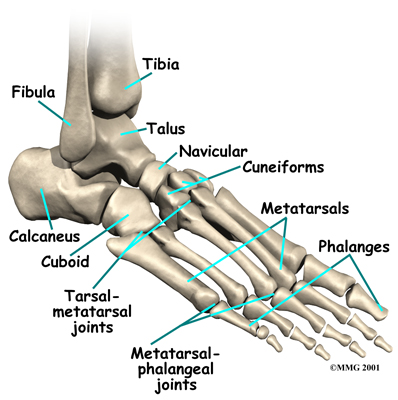


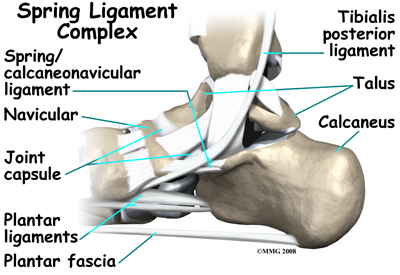
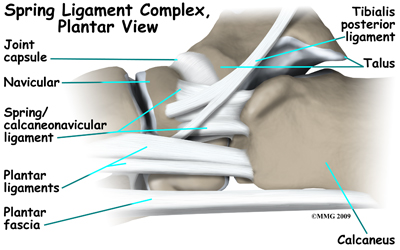
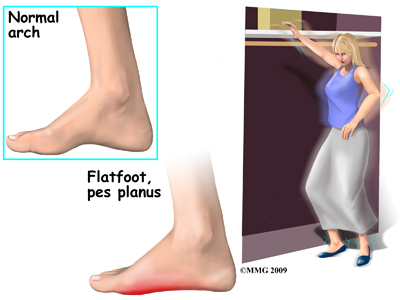 At first you may notice pain and swelling along the medial (big toe) side of the foot. This is where the posterior tibialis tendon travels from the back of the leg under the medial ankle bone to the foot. As the condition gets worse, tendon failure may occur, and ligament laxity will worsen, causing the pain to get worse. Some patients also experience pain along the lateral (outside) edge of the foot and ankle, particularly as a deformity develops.
At first you may notice pain and swelling along the medial (big toe) side of the foot. This is where the posterior tibialis tendon travels from the back of the leg under the medial ankle bone to the foot. As the condition gets worse, tendon failure may occur, and ligament laxity will worsen, causing the pain to get worse. Some patients also experience pain along the lateral (outside) edge of the foot and ankle, particularly as a deformity develops.